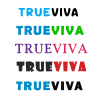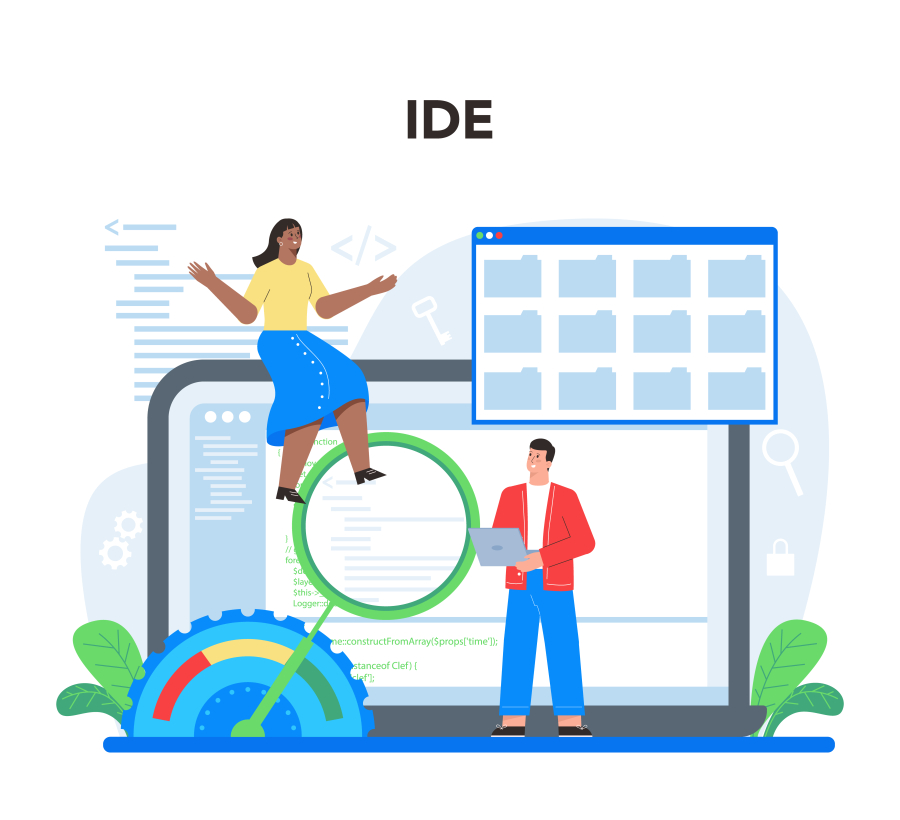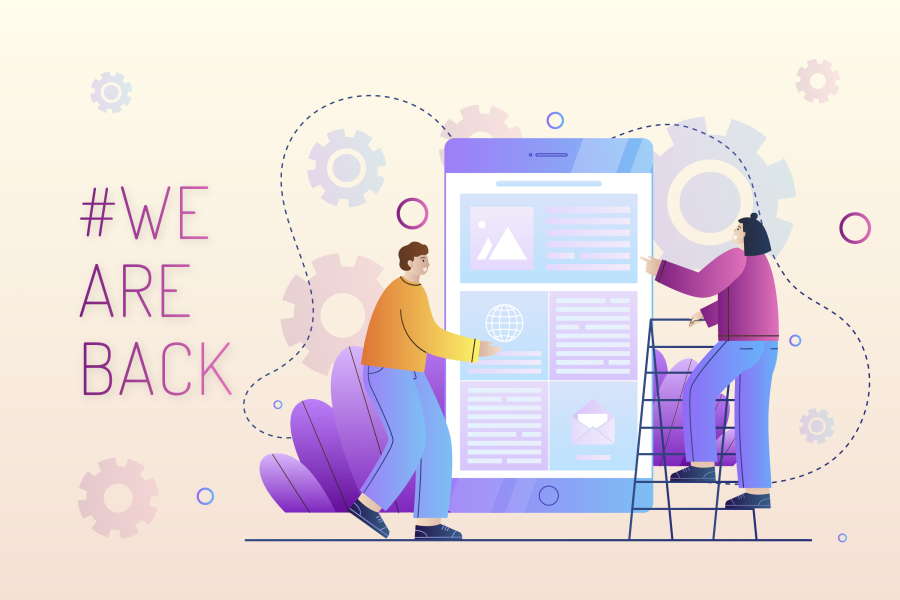Balancing Freelancing with a Full-Time Job
Balancing freelancing with a full-time job can be challenging yet rewarding. Many professionals start freelancing while maintaining employment to supplement income, gain experience, or explore new career paths. Achieving a harmonious balance between both requires time management, prioritization, and strategic planning.
This guide provides practical strategies to manage full-time employment while successfully growing a freelance career. By implementing these techniques, professionals can maintain productivity, avoid burnout, and gradually transition to full-time freelancing if desired.
Long Description
1. Understanding the Challenges
Balancing freelancing with a full-time job presents specific challenges:
Time Constraints: Limited hours outside of regular work can restrict freelance opportunities.
Energy Management: Managing fatigue and maintaining focus is critical.
Client Expectations: Meeting deadlines while juggling employment requires clear communication.
Work-Life Balance: Personal life can be impacted if both roles are not managed effectively.
Acknowledging these challenges allows freelancers to develop strategies to overcome them.
2. Establish Clear Goals
Defining clear objectives helps manage priorities:
Income Goals: Determine whether freelancing supplements income or is intended for full-time transition.
Skill Development: Identify areas for growth through freelance projects.
Project Types: Choose freelance work that aligns with your expertise and interests.
Time Allocation: Decide how many hours per week can be devoted to freelancing.
Clear goals ensure focused effort and prevent overcommitment.
3. Effective Time Management
Time management is crucial when balancing both roles:
Create a Schedule: Allocate specific hours for freelancing outside your full-time job.
Use Time Blocks: Focus on one task at a time to maximize productivity.
Prioritize Tasks: Address high-impact projects first.
Limit Distractions: Use productivity tools to stay organized and minimize interruptions.
Structured schedules help maintain consistent progress without compromising full-time responsibilities.
4. Optimize Workflows
Efficiency is key to managing dual responsibilities:
Standardize Processes: Use templates and automated tools for repetitive tasks.
Leverage Productivity Tools: Project management, time tracking, and communication apps enhance workflow.
Outsource Where Possible: Delegate non-core tasks to focus on high-value work.
Batch Similar Tasks: Combine similar activities to reduce context switching.
Optimized workflows save time and reduce stress.
5. Manage Client Expectations
Clear communication with freelance clients prevents conflicts:
Set Realistic Deadlines: Account for full-time work commitments when accepting projects.
Define Availability: Let clients know your working hours.
Provide Updates Regularly: Maintain transparency on project progress.
Negotiate Scope: Avoid taking on projects that exceed your capacity.
Transparent communication builds trust and ensures smooth project delivery.
6. Leverage Freelance Platforms Strategically
Freelance platforms can help find suitable projects efficiently:
Select Appropriate Projects: Choose tasks with deadlines that match your schedule.
Start Small: Begin with manageable projects to test workload balance.
Build Reputation Gradually: Focus on quality to attract higher-paying clients.
Use Multiple Platforms: Increase exposure and opportunities across different sites.
Strategic use of platforms helps secure freelance work without overwhelming your schedule.
7. Financial Planning
Balancing income from a full-time job and freelancing requires budgeting:
Track Earnings: Monitor freelance income separately from your salary.
Plan for Taxes: Set aside funds for taxes and deductions related to freelance income.
Set Savings Goals: Allocate freelance earnings for emergencies, investments, or eventual full-time transition.
Avoid Overcommitment: Ensure that freelance work does not compromise financial stability.
Financial planning ensures sustainable growth while minimizing stress.
8. Maintain Health and Energy
Sustaining energy is critical when handling dual responsibilities:
Prioritize Sleep: Adequate rest improves focus and productivity.
Exercise Regularly: Physical activity boosts energy and reduces stress.
Take Breaks: Short breaks during work periods prevent burnout.
Healthy Diet: Proper nutrition supports mental and physical performance.
Maintaining health ensures longevity in both full-time employment and freelancing.
9. Skill Development
Freelancing offers opportunities to learn and expand expertise:
Experiment with New Technologies: Use freelance projects to gain hands-on experience.
Improve Communication: Learn client management and negotiation skills.
Expand Portfolio: Add diverse projects to showcase versatility.
Upskill Strategically: Focus on areas that enhance earning potential or career transition.
Skill development increases value to clients and supports long-term career growth.
10. Transitioning to Full-Time Freelancing
For those planning to move from side freelancing to full-time work:
Evaluate Financial Readiness: Ensure savings cover at least 3-6 months of living expenses.
Build a Client Base: Secure recurring or long-term clients before leaving full-time employment.
Test Full-Time Freelancing: Consider reducing work hours gradually to test feasibility.
Plan Exit Strategically: Time the transition to minimize risk and ensure smooth handover of responsibilities.
A structured transition increases confidence and reduces uncertainty.
11. Stay Motivated
Balancing freelancing with a full-time job requires perseverance:
Set Milestones: Track progress and celebrate achievements.
Seek Support: Connect with other freelancers or mentors for guidance.
Visualize Goals: Keep long-term career objectives in mind.
Learn from Challenges: Treat setbacks as learning opportunities.
Motivation sustains effort and fosters consistent growth in freelance and full-time roles.
Conclusion
Balancing freelancing with a full-time job is challenging but achievable with strategic planning, efficient time management, skill development, and client communication. By optimizing workflows, maintaining health, managing finances, and gradually transitioning to full-time freelancing if desired, professionals can enjoy supplemental income, career growth, and eventual independence.
Freelancers who approach this balance methodically can maximize productivity, minimize stress, and steadily build a thriving freelance career alongside or beyond full-time employment.


 by Emily
by Emily




